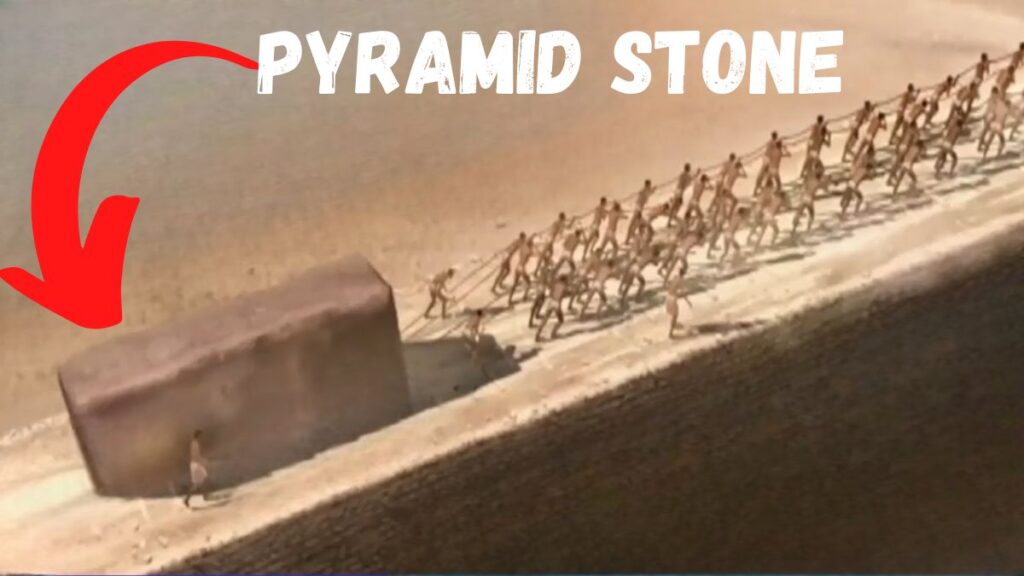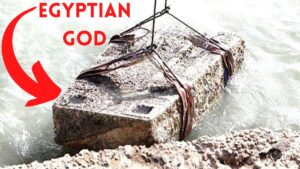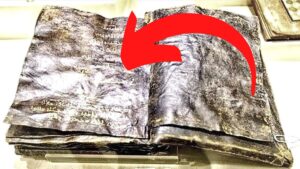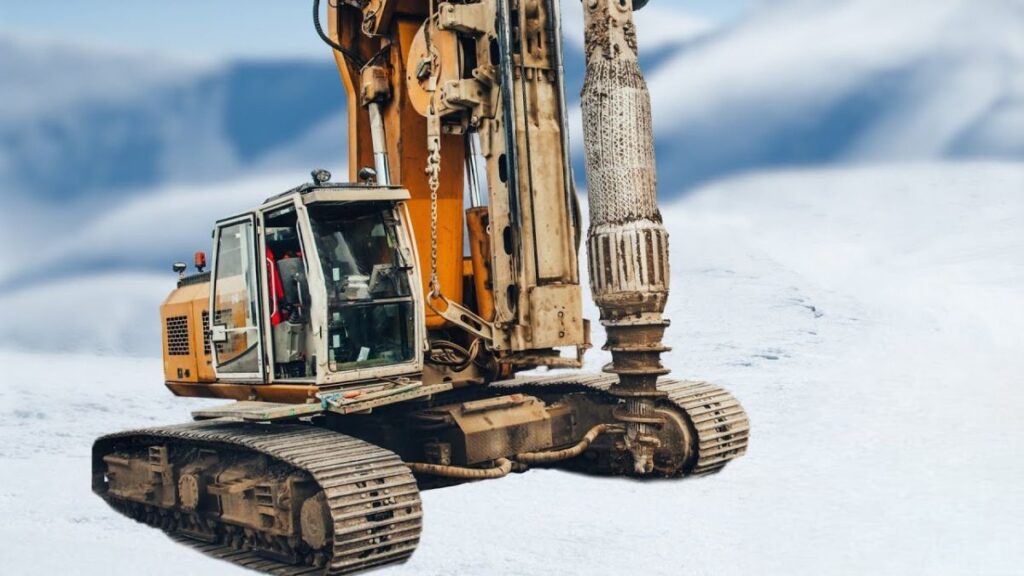
Egyptian ingenuity shines in a recent study published in the Physical Review Letters journal, revealing their clever trick for moving heavy colossi and pyramid stones with ease. Researchers discovered that by adding water to the desert sand, they were able to reduce friction and make the sand twice as stiff, allowing the sledges to glide more smoothly with fewer men needed to pull. These findings were confirmed through laboratory experiments and even depicted in a wall painting in the tomb of Djehutihotep, depicting the use of water to ease the transport of these massive stones.
However, finding the right balance of water was crucial as too much or too little would impede the sledge’s progress. The study has practical implications today as its findings could enhance the efficiency of transporting and handling granular material, which accounts for 10% of the world’s energy consumption.
In opposition, some scholars propose that the ancient Egyptians utilized desert clay as a lubricating agent. Mark Lehner, head of Ancient Egypt Research Associates (AERA), claims that thin clay layers known as tafla have been observed beneath massive blocks of stone and that he has observed stones resting on sand with thin layers of pale pinkish-white gypsum mortar. Lehner posits that sand might have been utilized for extended, rough movements, tafla for briefer, more precise movements and fine-tuning, and gypsum mortar for the most accurate adjustments.
According to Daniel Bonn, a lead author of a recent paper and a professor of physics at The University of Amsterdam, the individual depicted in the wall painting was utilizing water rather than oil or any other lubricant. Bonn also mentions that the study’s objective is to challenge the idea that wetting sand had any sort of ritualistic connection.
Explore:











